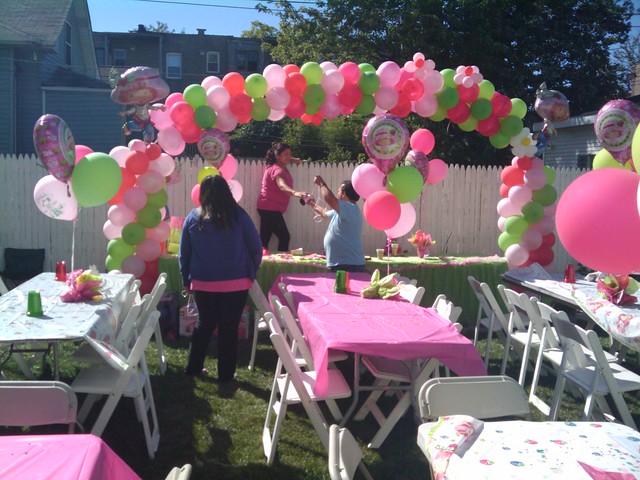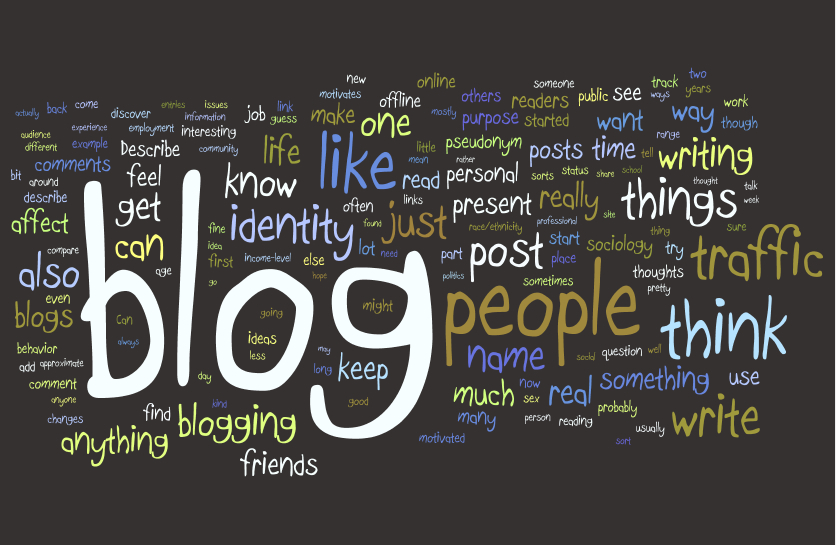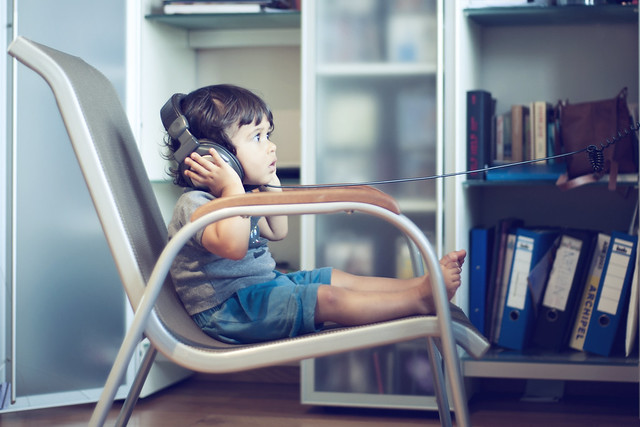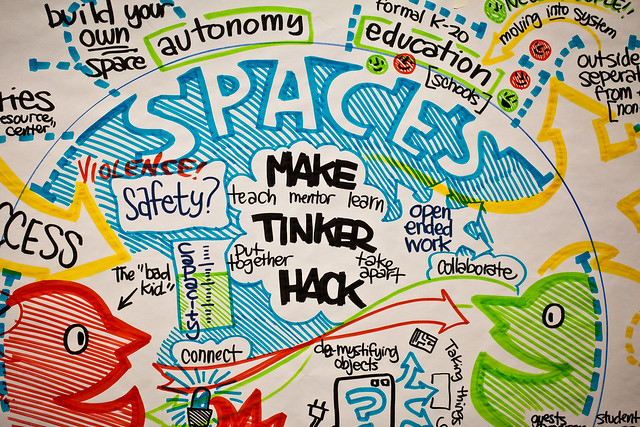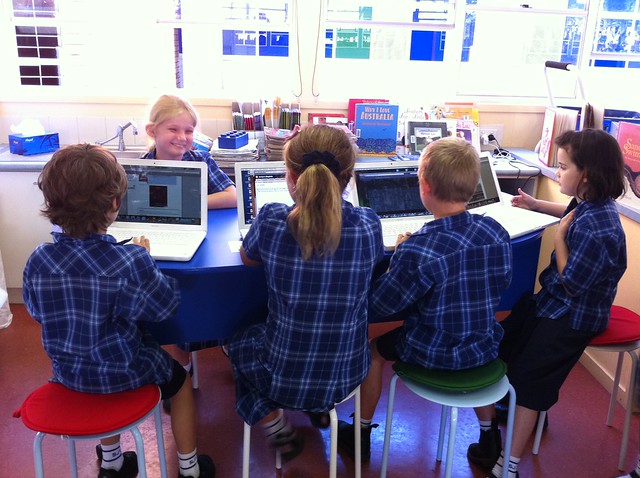This post is sponsored by Samsung. All thoughts and opinions are my own.
Devices like tablets and wearables don’t just enhance classroom learning—they can also transform field trips, making educational outings more interactive and memorable than before.
Culturally stimulating field trips were found to improve critical life skills in children in a 2013 study from the University of Arkansas. And with tablets, smartwatches and virtual reality headsets in hand, a whole new avenue of learning opens up for our educators and students.
“Today—and tomorrow’s—mobile technology can enhance the actual educational impact of the field trip through all phases of the learning experience,” says Ellen Paxton, founder of the Professional Learning Board.
Getting students truly involved in their surroundings during a school outing by using technology to capture information, do research and visualize the unseen makes them more invested in the experience. It “provides a stronger personal connection to the learning objective of the field trip,” according to Paxton.
Here are a few ways to make it happen:
Scavenger Hunt
Build time into the trip for students to explore the destination freely. Send them on a technology-enhanced scavenger hunt where they use tablets or Samsung’s Gear smartwatches (which come with built-in cameras) to capture photos of certain objects, landmarks, details or personal discoveries. They can take notes on the go, and complete photo descriptions once back in the classroom. This article has a nice idea for doing a scavenger hunt on school grounds, too.
Data Collection
Science field trips can encourage students to explore an environment independently, conducting field research by capturing photos, video, measurements and other observations.
The Sequoia Park Zoo in Northern California did just that by partnering with Humboldt County Office of Education to create a technology-based experience for visiting students using Samsung School. Students go out to the Redwood Forest behind the zoo to collect data and beam it back to the zoo learning center, where teachers can monitor how their students use the technology. Learn more about the program here.
Virtual Field Trips
Virtual reality technology allows students to hear and see things that would be otherwise unavailable to them—places like outer space, ancient Rome, or the bottom of the ocean become accessible. These multisensory experiences enhance students’ conceptual understanding, and improve their ability to recall information. Samsung is partnering with Oculus Rift to build the Samsung Gear VR, which is a mobile VR headset.
High school guidance counselors can even use virtual reality experiences powered by YouVisit Colleges to help students explore university campuses around the world and find the right school
This is just the beginning. Who knows where technology will take us next?
Photo credit: GraysonHighlands-hiking via photopin (license) For more content like this, follow Samsung on Insights, EDU Twitter, EDU LinkedIn , YouTube and SlideShare.
Devices like tablets and wearables don’t just enhance classroom learning—they can also transform field trips, making educational outings more interactive and memorable than before.
Culturally stimulating field trips were found to improve critical life skills in children in a 2013 study from the University of Arkansas. And with tablets, smartwatches and virtual reality headsets in hand, a whole new avenue of learning opens up for our educators and students.
“Today—and tomorrow’s—mobile technology can enhance the actual educational impact of the field trip through all phases of the learning experience,” says Ellen Paxton, founder of the Professional Learning Board.
Getting students truly involved in their surroundings during a school outing by using technology to capture information, do research and visualize the unseen makes them more invested in the experience. It “provides a stronger personal connection to the learning objective of the field trip,” according to Paxton.
Here are a few ways to make it happen:
Scavenger Hunt
Build time into the trip for students to explore the destination freely. Send them on a technology-enhanced scavenger hunt where they use tablets or Samsung’s Gear smartwatches (which come with built-in cameras) to capture photos of certain objects, landmarks, details or personal discoveries. They can take notes on the go, and complete photo descriptions once back in the classroom. This article has a nice idea for doing a scavenger hunt on school grounds, too.
Data Collection
Science field trips can encourage students to explore an environment independently, conducting field research by capturing photos, video, measurements and other observations.
The Sequoia Park Zoo in Northern California did just that by partnering with Humboldt County Office of Education to create a technology-based experience for visiting students using Samsung School. Students go out to the Redwood Forest behind the zoo to collect data and beam it back to the zoo learning center, where teachers can monitor how their students use the technology. Learn more about the program here.
Virtual Field Trips
Virtual reality technology allows students to hear and see things that would be otherwise unavailable to them—places like outer space, ancient Rome, or the bottom of the ocean become accessible. These multisensory experiences enhance students’ conceptual understanding, and improve their ability to recall information. Samsung is partnering with Oculus Rift to build the Samsung Gear VR, which is a mobile VR headset.
High school guidance counselors can even use virtual reality experiences powered by YouVisit Colleges to help students explore university campuses around the world and find the right school
This is just the beginning. Who knows where technology will take us next?
Photo credit: GraysonHighlands-hiking via photopin (license) For more content like this, follow Samsung on Insights, EDU Twitter, EDU LinkedIn , YouTube and SlideShare.


